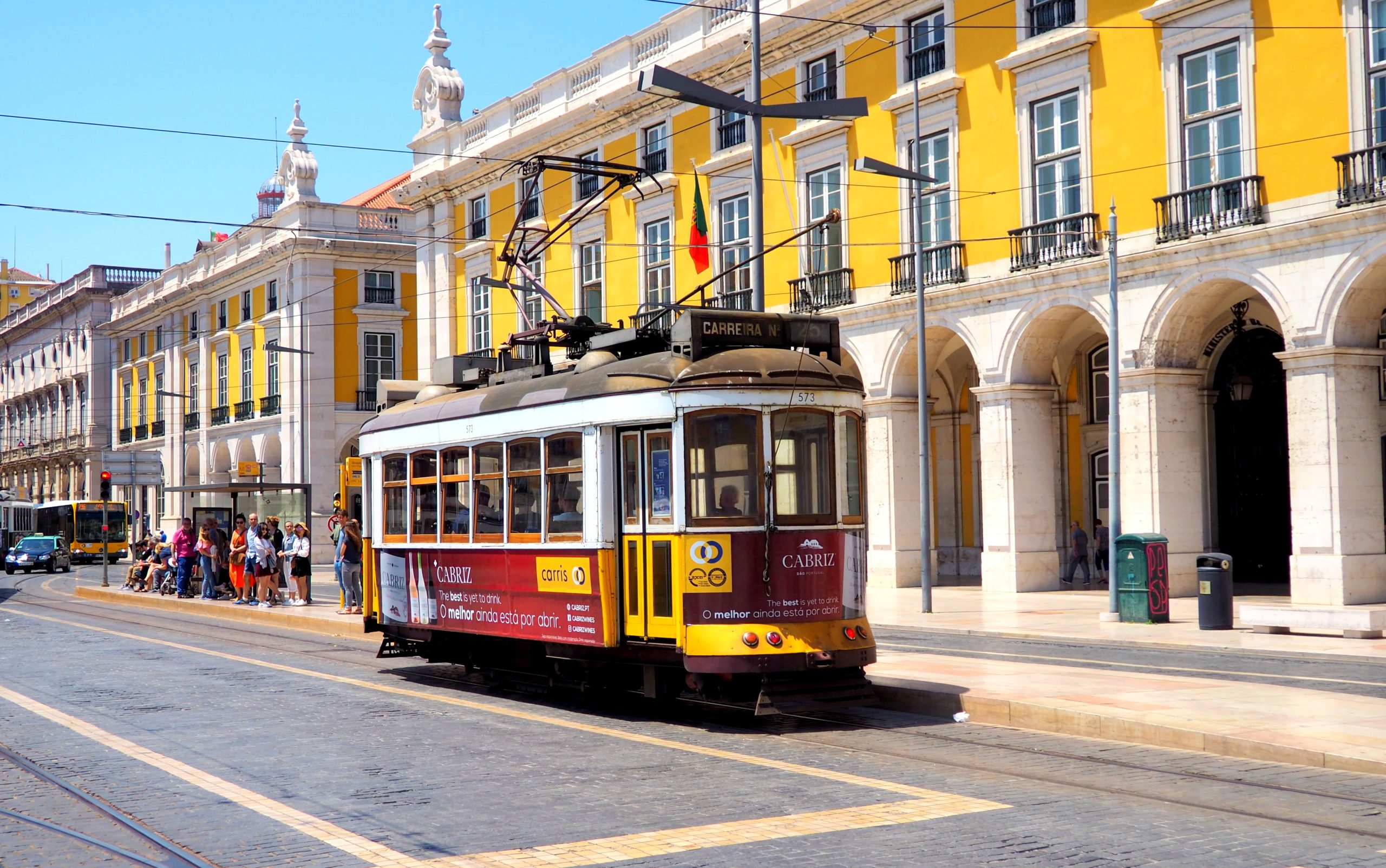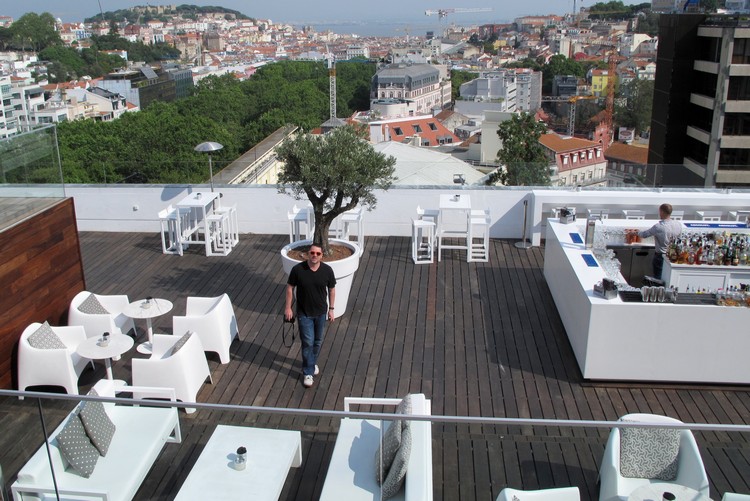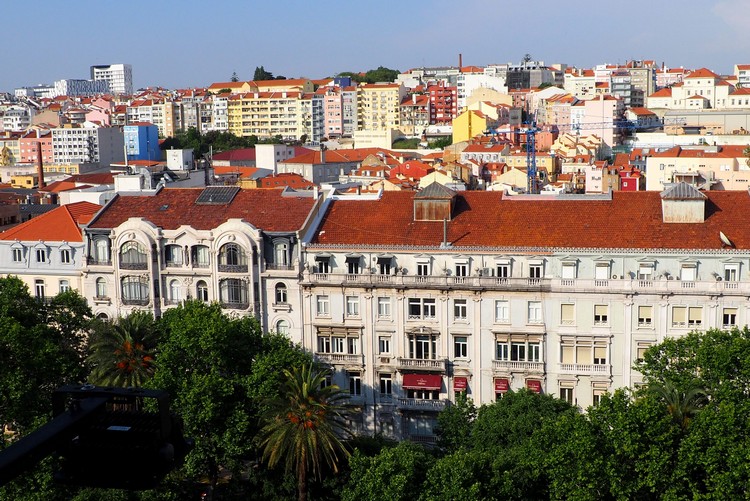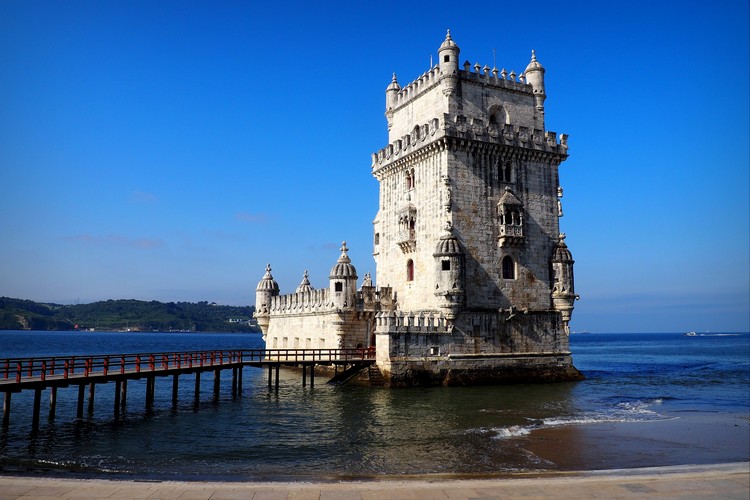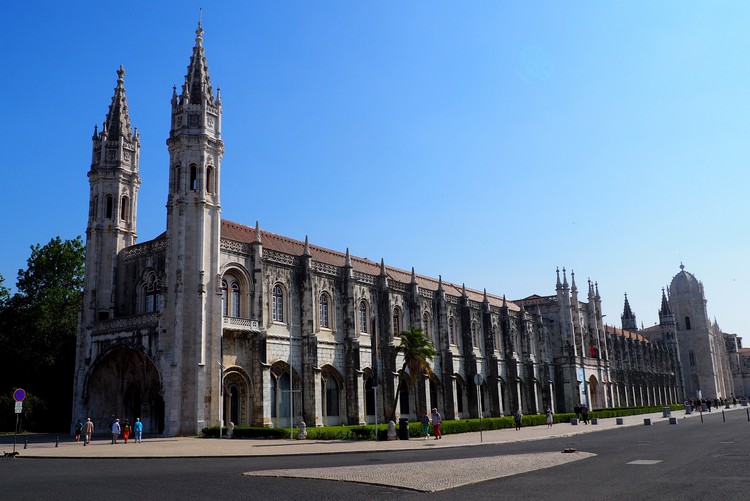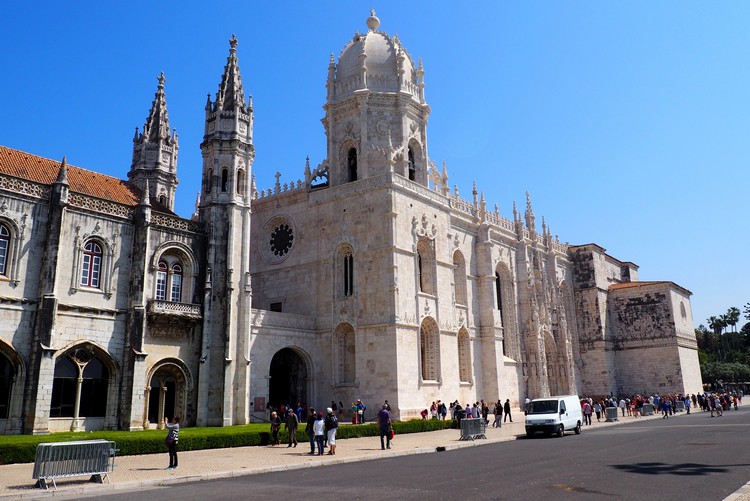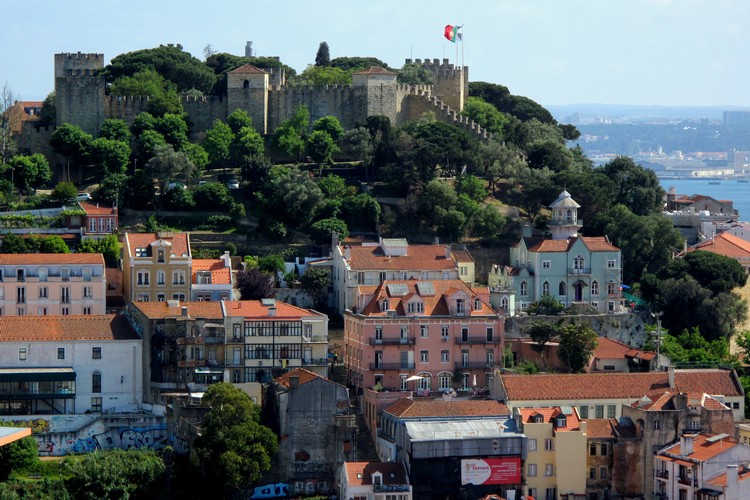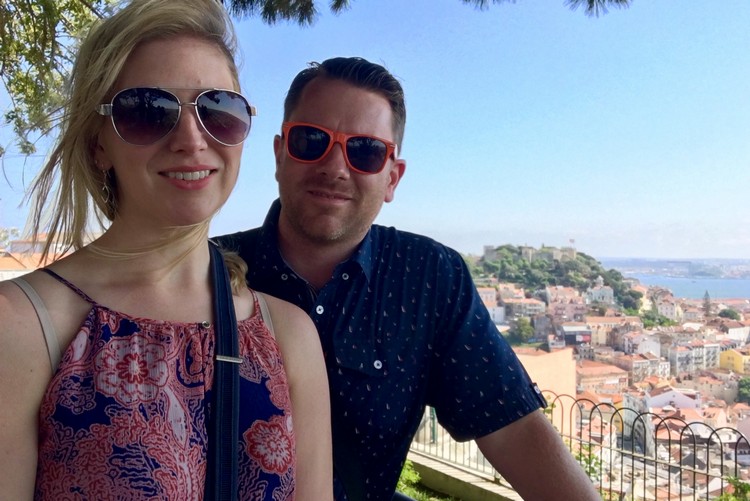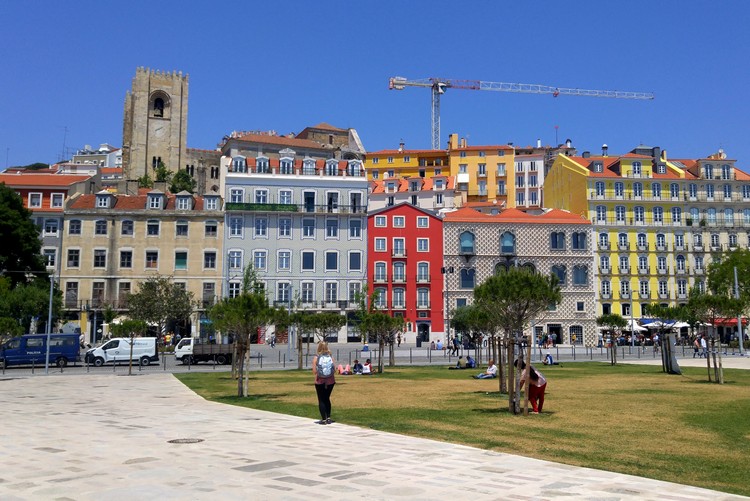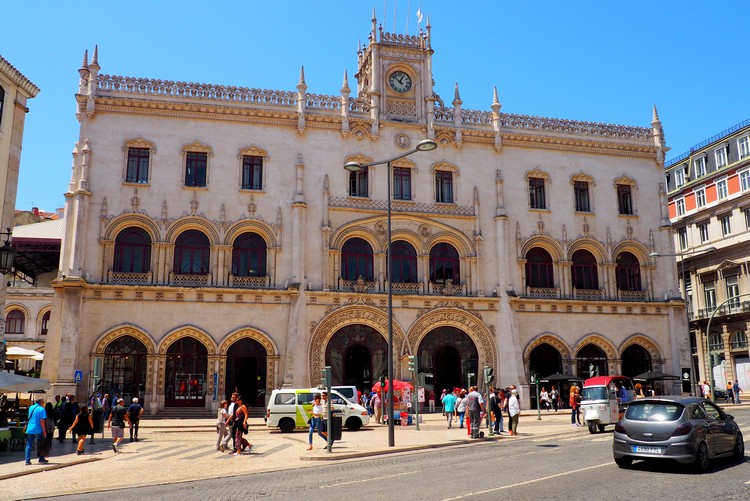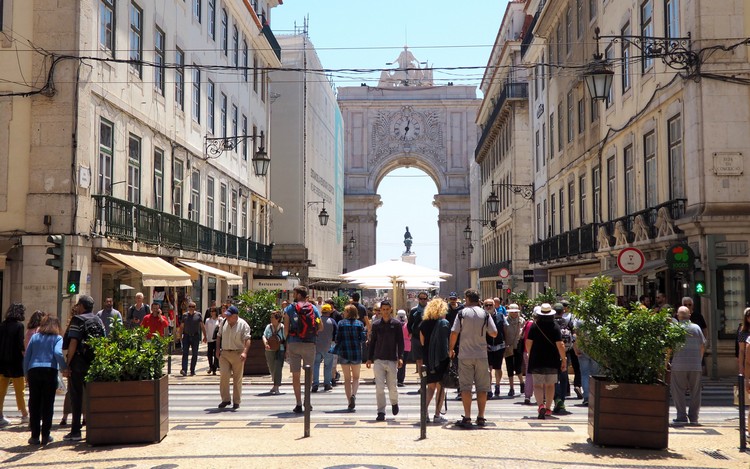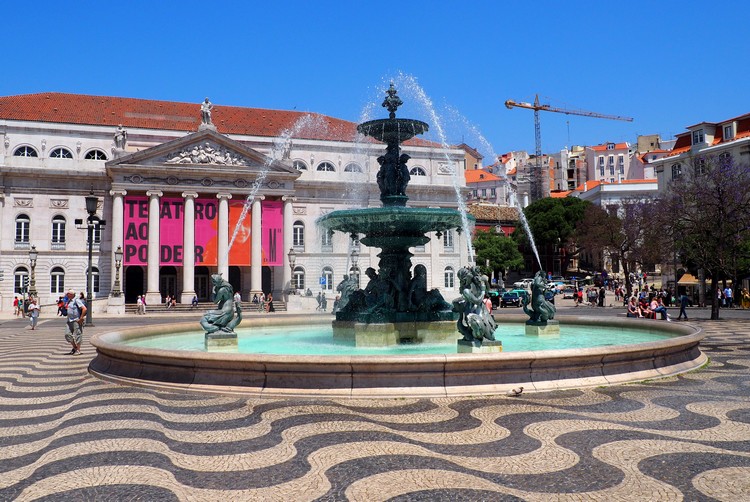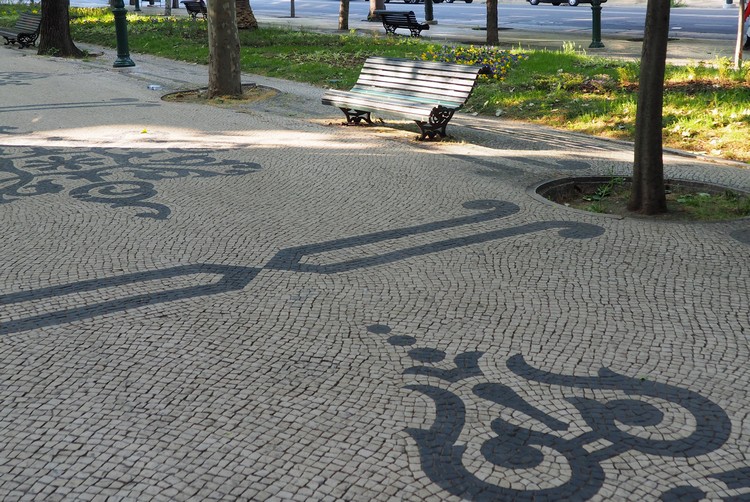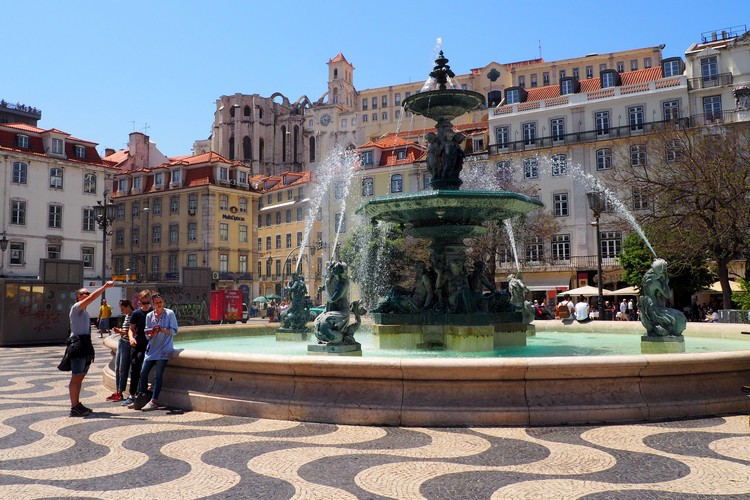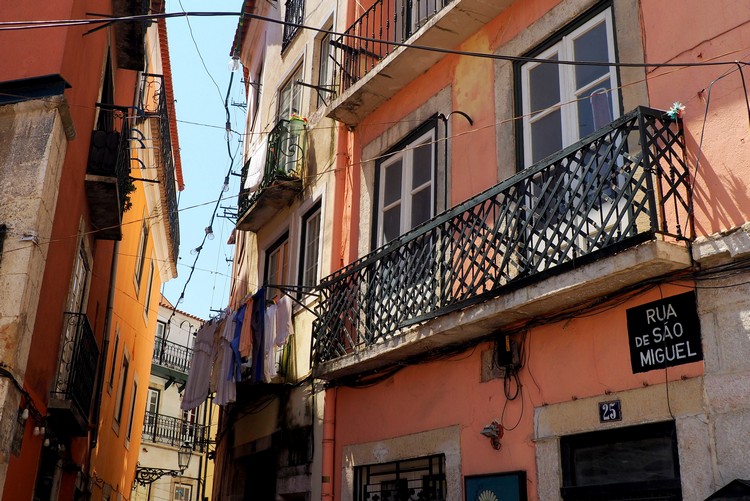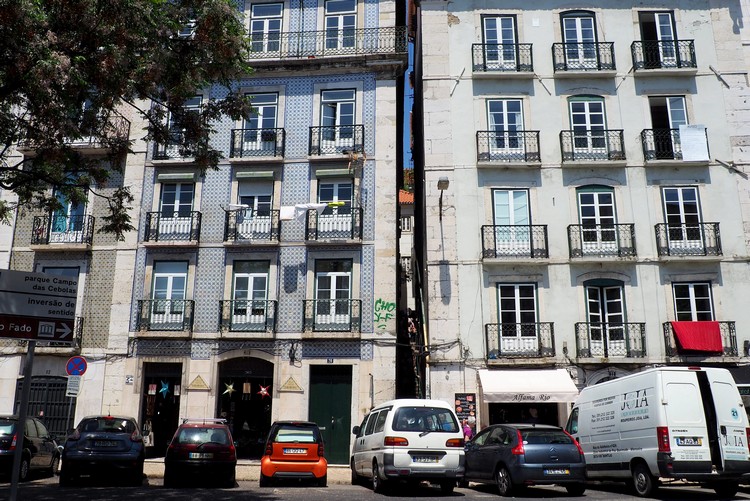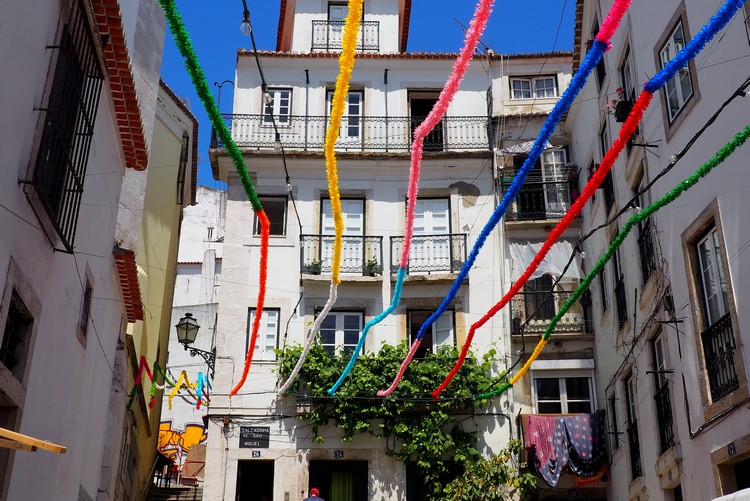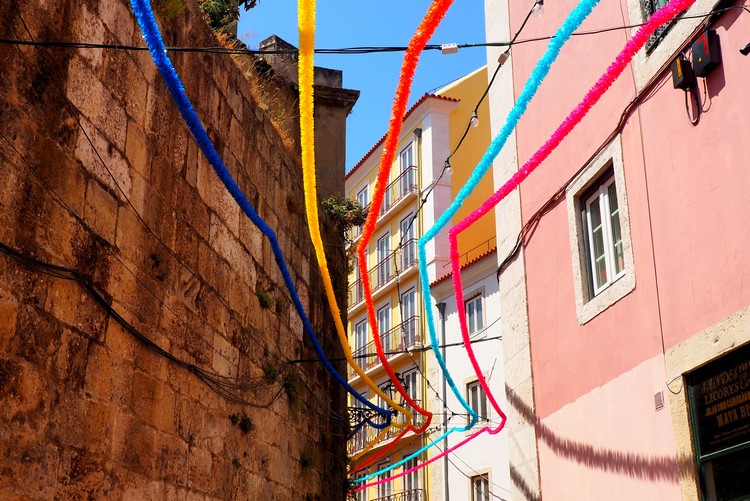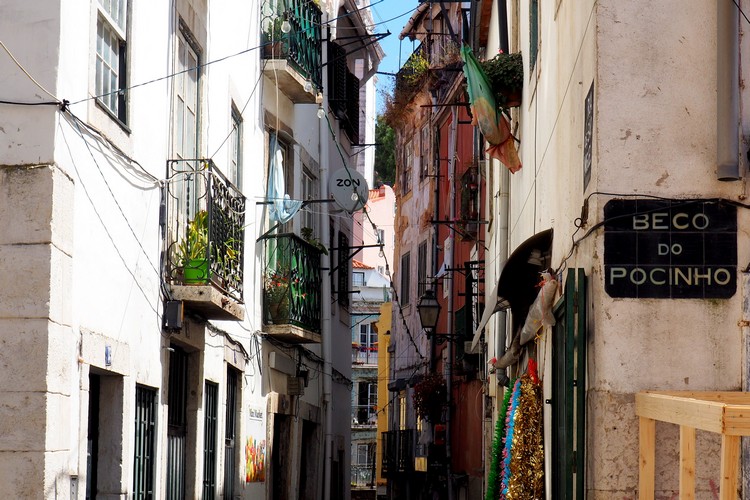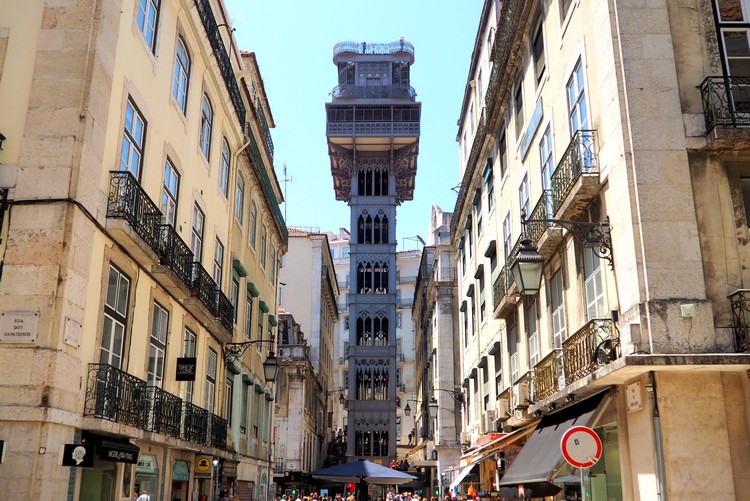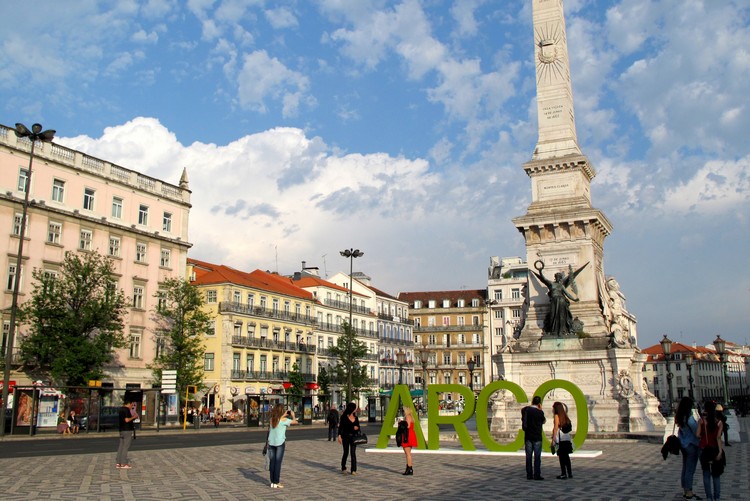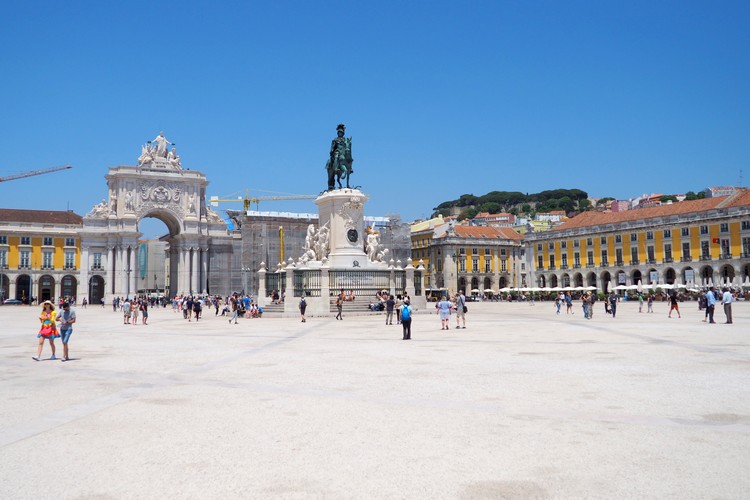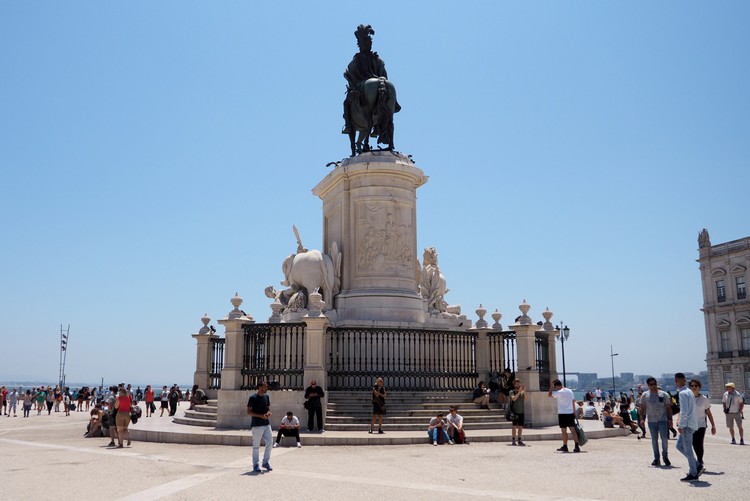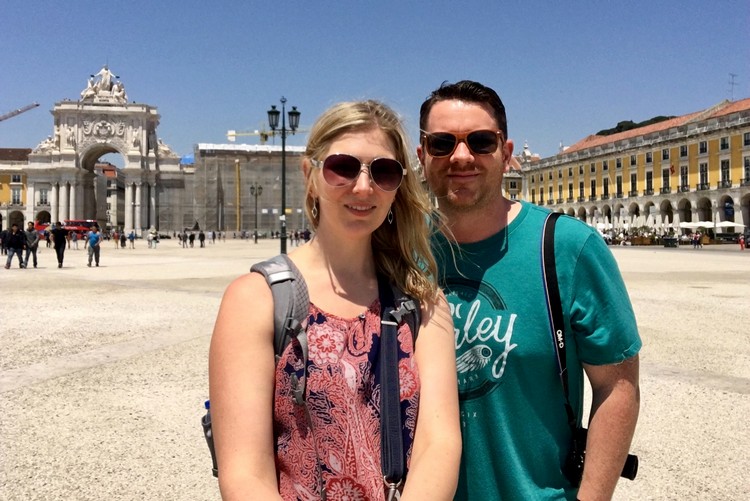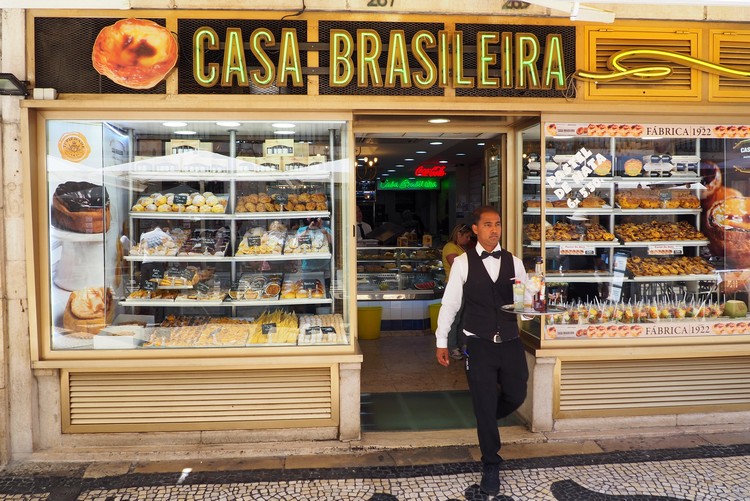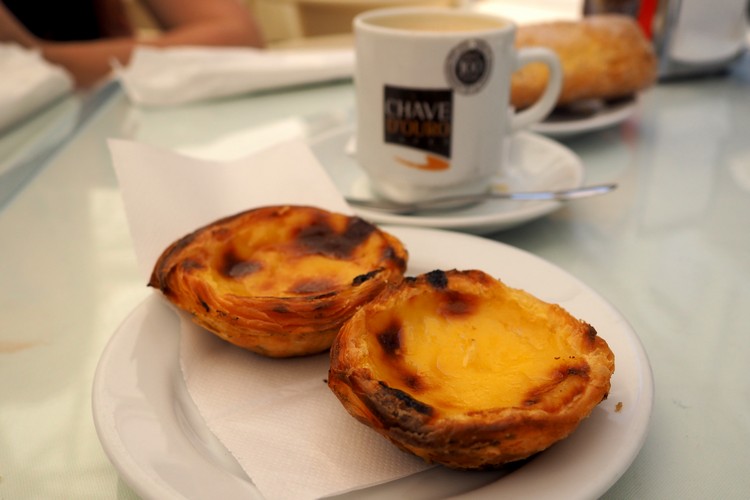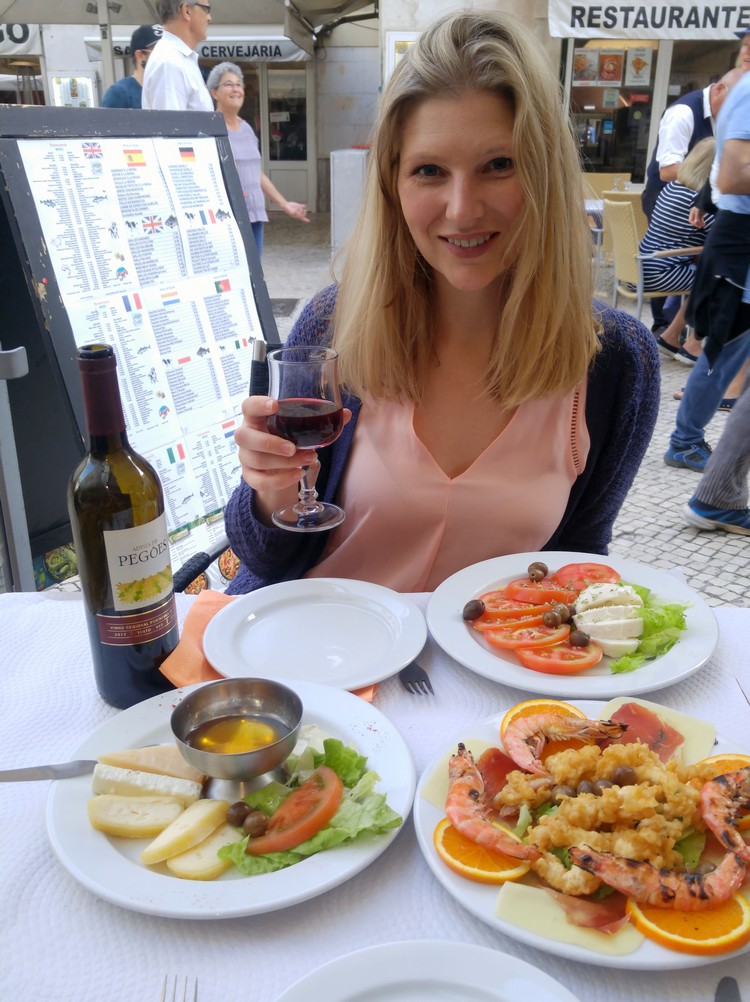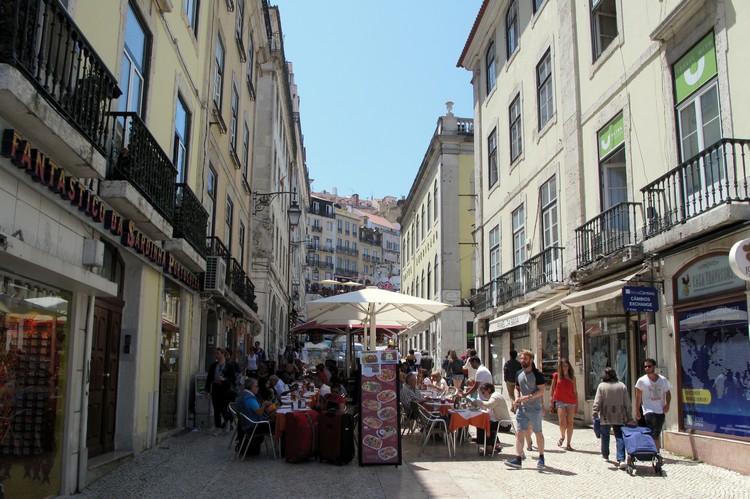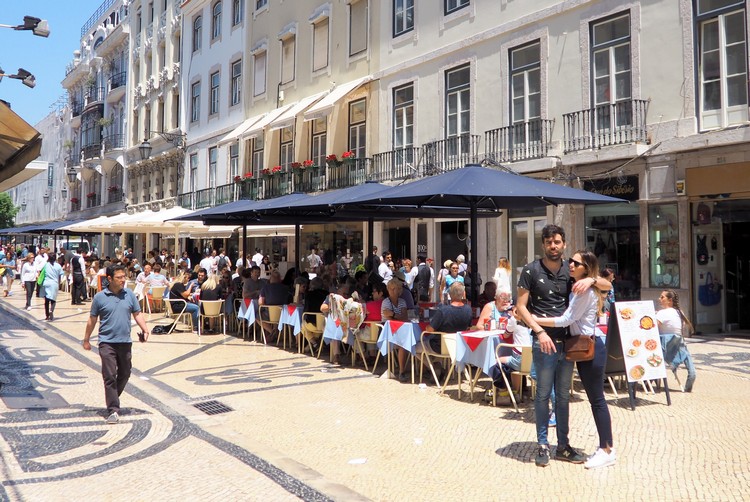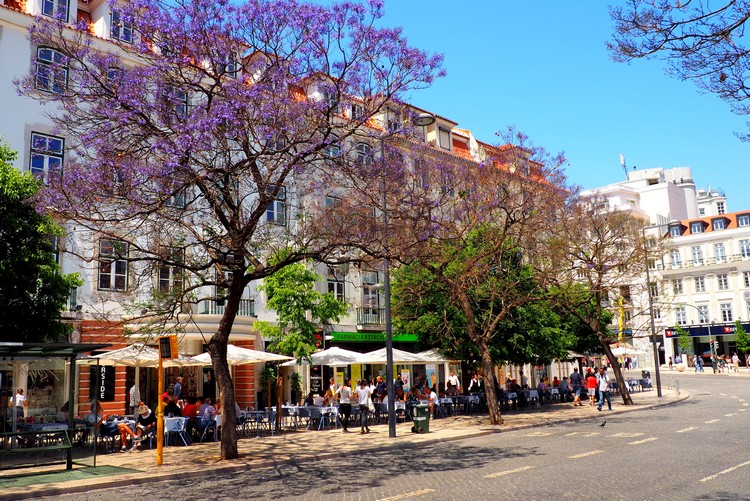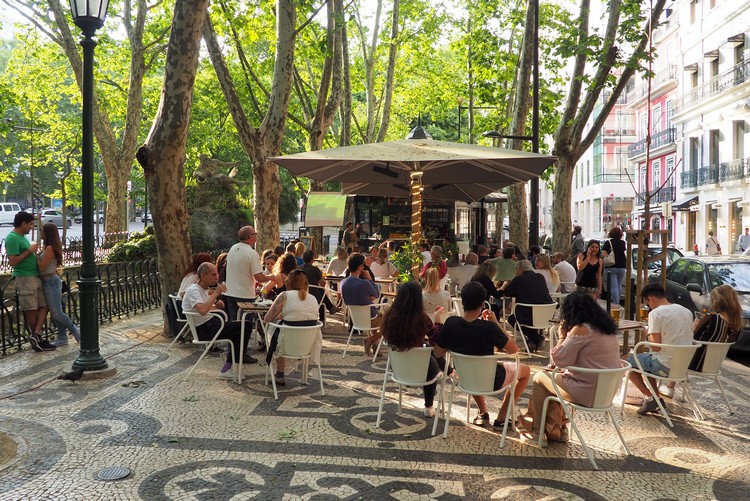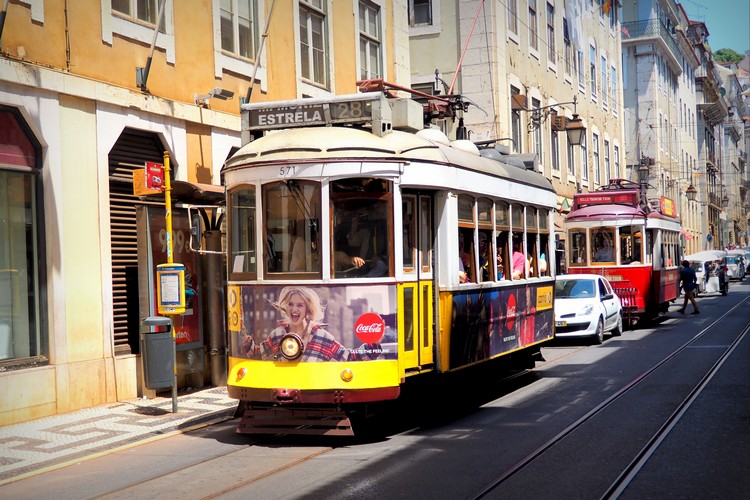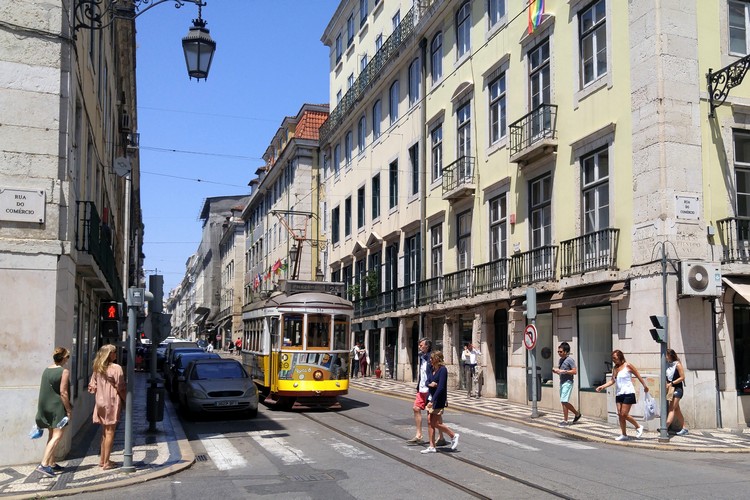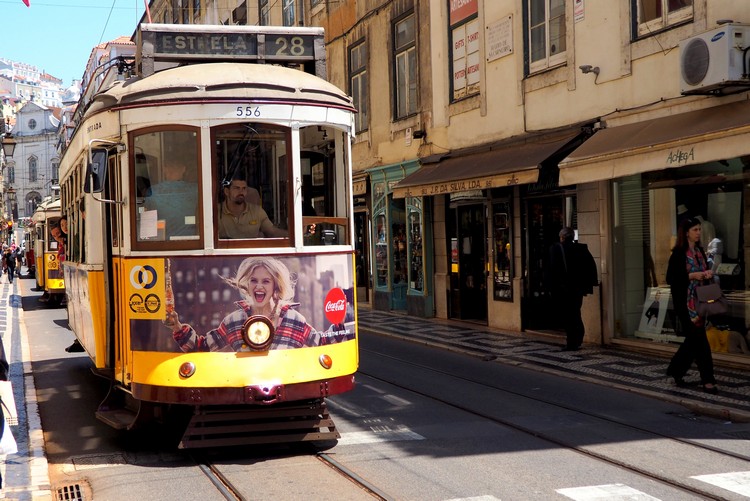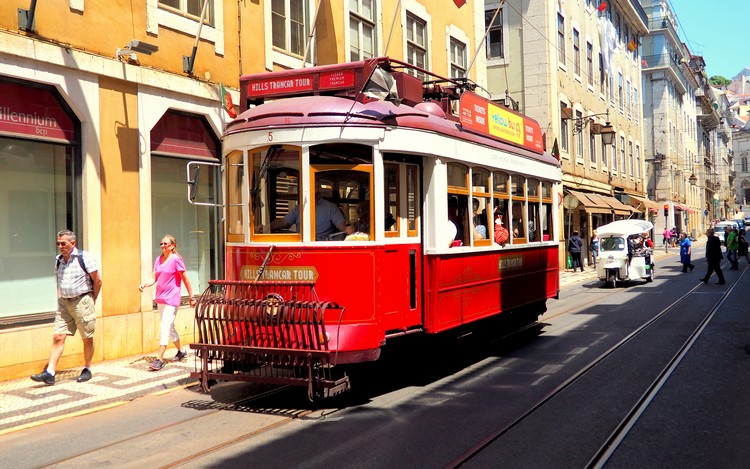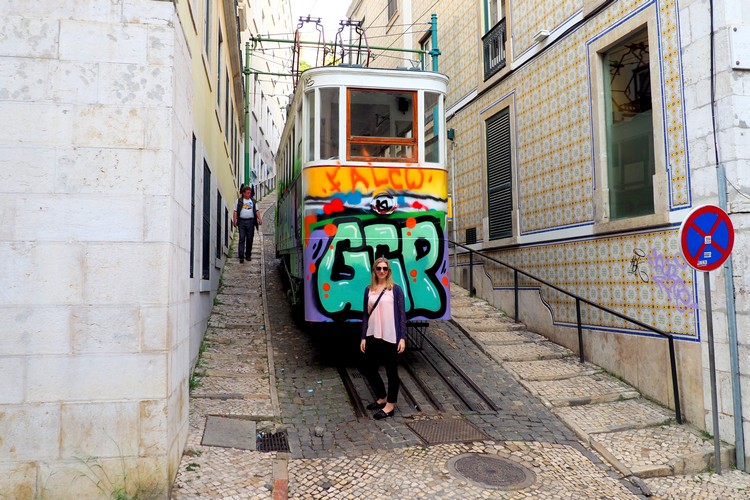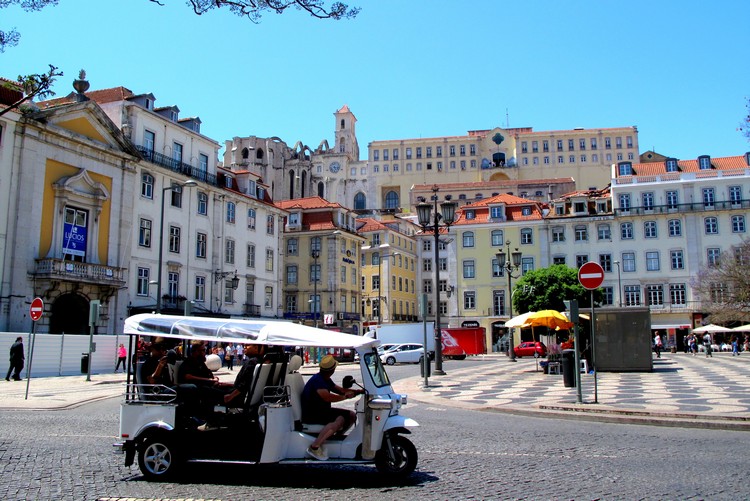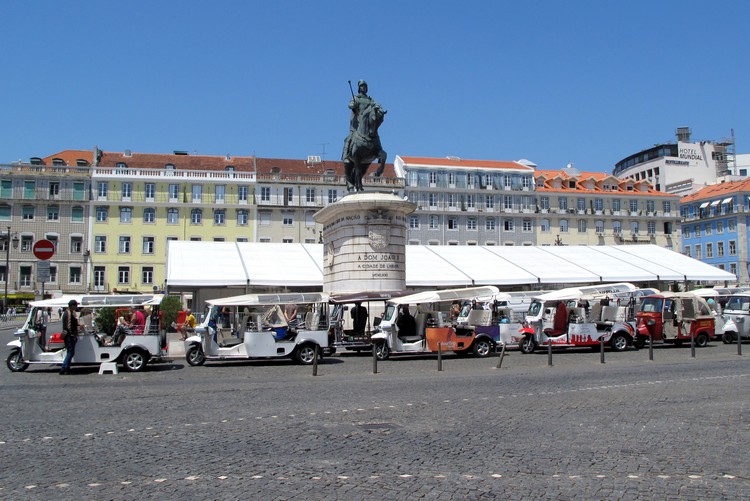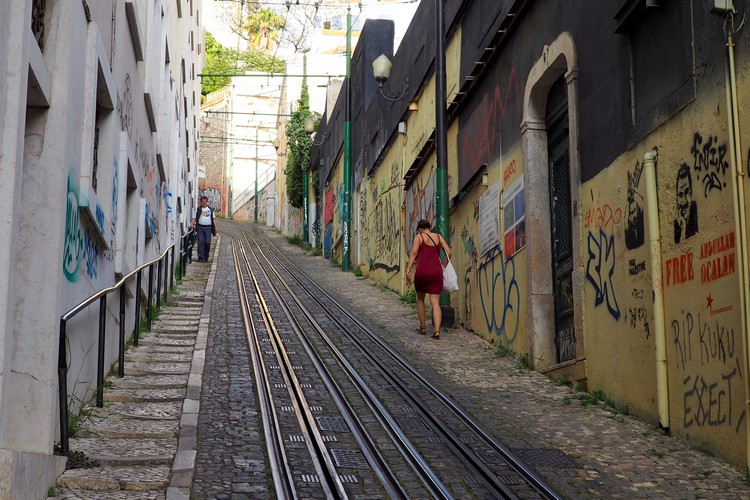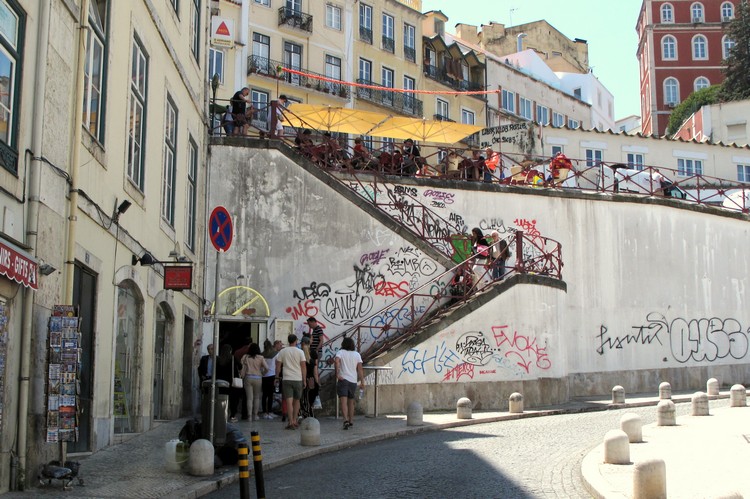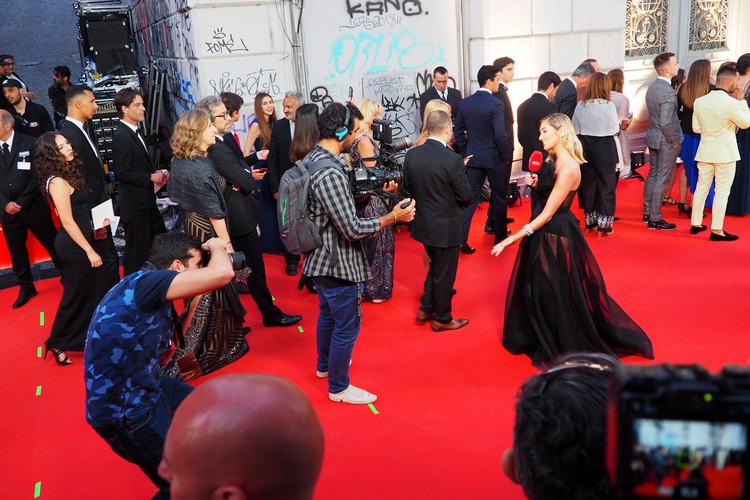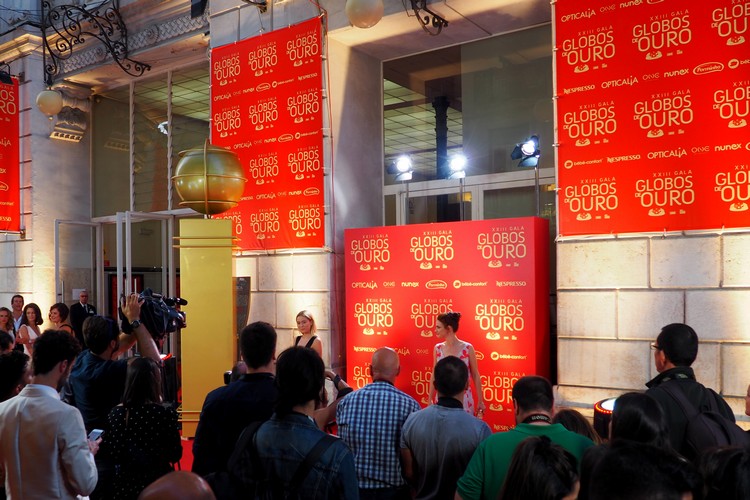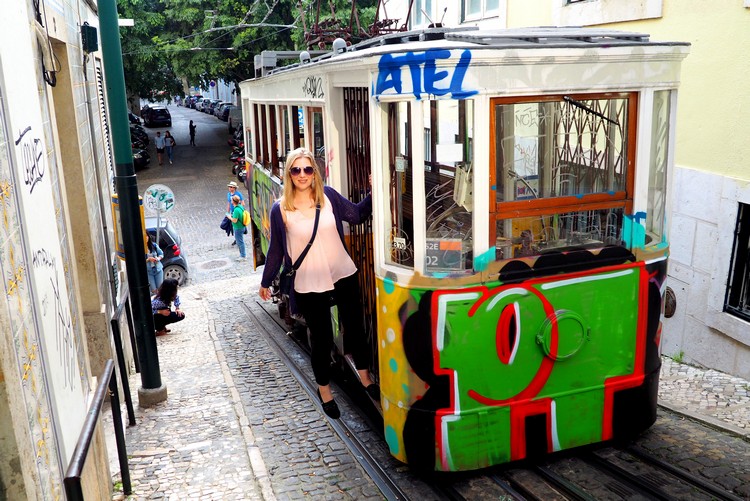What we did on our trip to Lisbon, Portugal
We’ve returned from our trip to Portugal and have several memory cards filled with photos of Lisbon. We really enjoyed our time exploring this under-rated European nation.
We spent 2 days in Lisbon before making our way north to Porto, where we joined a Douro river cruise.
Initially, when we learned our river cruise itinerary began in Lisbon, not Porto, we were a little confused. On the surface, it made more sense to have guests arrive at the Porto airport, instead of taking a full day to drive from Lisbon to Porto (more on that later – Google the town of Coimbra).
As soon as our taxi left the Lisbon International Airport we realized why two nights in Lisbon was included in our itinerary. What an amazing city!
Once we started exploring, we were actually disappointed we only had 2 days in Lisbon. There is so much to see and do; we could have easily spent a week there.
Simply put – Lisbon exceeded our expectations.
Below are some of our photos and memorable moments from our brief time this fascinating city.
Rooftop Views from our Lisbon Hotel
We stayed at the Tivoli Avenida Liberdade Lisboa, a luxurious hotel located on the iconic Avenida Liberdade in the heart of Lisbon. The photo above was captured from the hotel’s swanky rooftop bar.
How great are these rooftop views of Lisbon?!
On the left, if you look in the distance, you can see the Sao Jorge Castle perched on the hill. In the far distance, the Tagus River. The green patch is the tall trees that line Avenida Liberdade.
More amazing views from the rooftop bar of our hotel, the Tivoli Avenida Liberdade Lisboa. It’s one of the most popular rooftop bars to take panoramic photos of Lisbon.
Belem Tower
This is Belém Tower, also known as the Tower of St Vincent. This beautiful fortified tower, along with nearby Jerónimos Monastery, is listed as a UNESCO World Heritage Site.
Belém Tower is arguably the most important tourist attraction in Lisbon. We did not actually go inside this 16th century tower but we were able to marvel at its unique Manueline architecture.
No kids on this trip, which means we actually have time to take a few selfies together.
Navy Museum & Jerónimos Monastery
After Belém Tower we visited the nearby Navy Museum. We were confused when our tour bus dropped us in front of this Gothic looking Cathedral. This is actually the home of Lisbon’s popular maritime museum. It’s quite an impressive building to be house a collection of maritime artifacts.
The Portuguese are very proud of their maritime history and achievements.
The Portuguese Empire was one of the largest and longest-lived empires in world history, existing for almost six centuries. The exhibits in the museum include historical paintings, archaeological items and several models of ships used in Portugal since the 15th century. This museum has over 17,000 items!
The entrance to the Navy Museum is to left of the photo, under the two Gothic spires.
At the other end, to the right, is the Jerónimos Monastery (photo below), a UNESCO World Heritage Site.
Panoramic views and Miradouros
Lisbon is built on seven hills. There are plenty of opportunities to get above the city to capture panoramic photos of Lisbon.
The Portuguese call these lookout points miradouros. We captured the above and below photos of Lisbon from Miradouro de Nossa Senhora do Monte (here are a few other popular miradouros in Lisbon).
São Jorge Castle (aka St. George Castle), pictured below, is a Moorish castle that sits on top of the Alfama hilltop, overlooking Lisbon’s historical city center. It’s one of Lisbon’s most popular tourist attractions.
Although we did not have enough time to explore the inside of this fortified citadel, we were able to admire it from a few different miradouros around Lisbon (and our hotel’s rooftop bar).
Insanely Beautiful Architecture
Our necks and feet hurt after our full day exploring and snapping photos of Lisbon’s incredible architecture. My watch said we did on 27,000 steps that day.
The old cobblestone streets of Lisbon are loaded with unique and colourful architecture that dates back centuries. We had a tourist map that highlighted the popular attractions in Lisbon but it didn’t matter.
Every corner reveals a new architectural treasure. We love wander the streets of old Lisbon.
The bustling Rua Augusta and its magnificent triumphal arch in the distance.
Portuguese Pavement
The sidewalks and pedestrian streets in Lisbon are extraordinary. In the above photo, the intricate wave pattern in the pavement gives an optical illusion. We felt like the waves were moving as we walked around this fountain in Rossio Square. It was actually a little dizzying.
The traditional sidewalks in Lisbon, and most of Portugal for that matter, are done in mosaic style with small flat pieces of stone.
The below photo was captured in the trendy Avenida Liberdade neighborhood.
Alfama – Lisbon’s oldest district
Alfama is is the oldest district of Lisbon, sprawling down the hills that connect São Jorge Castle and the Tagus River. During the times of Moorsish rule, this medieval neighborhood was an upper-class residential area. As the decades and centuries passed, it became home to fishermen and the working class.
Alfama is the only part of Lisbon to survive the great 1755 earthquake, so it retains some of its old world charm. Today, this historical district is famous for its labyrinth of narrow medieval streets, small squares and quaint cafes and restaurants.
Our Lisbon city tour guide informed us that Alfama is home to Europe’s narrowest street – Rua da Judiaria.
If you look at the photo below, that narrow gap between the two buildings is actually a street. It’s a popular attraction, so you have to wait your turn because it’s too tight to pass beside another person.
Colourful streamers hang above the narrow streets of Alfama.
Above and below photos of Lisbon – views of the old architecture in Alfama.
Do you follow us on Facebook? If not, let’s connect!
Santa Justa Lift
Above is a photo of the Santa Justa Lift, also called Carmo Lift. It’s an interesting elevator, or lift, located in the district of Santa Justa. Originally, this 19th century lift was built to transport people up the steep hill from the Baixa district to Largo do Carmo, but now it’s mainly a tourist attraction.
We did not have enough time to visit the observation deck at the top of the lift, but we’re told the panoramic views of are amazing. This is one of the best spots to capture photos of Lisbon.
Monuments and Statues
As we explored the streets of Lisbon, it became clear that the Portuguese are very proud of their history. It feels like there’s a monument or statue on every corner. It reminded us of Buenos Aires in Argentina.
The above photo is the Monument to the Restorers, located in Restauradores Square. Below is the Statue of King José I in Praça do Comércio (Commerce Square).
Pastel de Nata
You can’t visit Portugal without sampling its famous pasty – Pastel de Nata (also known as Pastel de Belém). It’s an egg tart pastry that has a custard texture. It’s tastes similar to Crème brûlée.
Back in the 18th century, Catholic monks and nuns at Jerónimos Monastery began selling these pastries to bring in some money for the church. At the time, monasteries used large quantities of egg-whites for starching clothes, such as nuns’ habits. The leftover egg yolks were used to make cakes and pastries, resulting in the creation of pastel de nata.
After the monastery was closed, the recipe for pastel de nata was sold to the original owners of Fábrica de Pastéis de Belém in 1837. This business is still open today.
Technically, you can only get the real pastel de nata at Fábrica de Pastéis de Belém.
Our tour bus drove past this original location and there was 100+ people waiting in line to purchase these celebrated custard tarts.
You don’t have to wait in that long line to sample the goods. You can now find these delicious tarts in virtually every cafe in Lisbon. Everyone must try pastel de nata at least once in their life. But be forewarned, they are highly addictive!
Canned Sardines?
We were amazed at how popular canned sardines are in Portugal. There are retail stores dedicated exclusively to canned sardines. Seriously! The above photo was captured inside a store that is appropriately called The Fantastic World Of Portuguese Sardines Store.
Outdoor Cafes and Restaurants
Like most European cities, there are several pedestrian only streets that are lined with outdoor restaurants and shops. It’s one of the things we love about Europe.
On our first evening, we wandered down Avidenda Liberdade and stumbled upon an area near Restauradores Square that has a cluster of restaurants with outdoor patios. See above photo.
The restaurants in this neighborhood appear to target tourists. Most of the menus were in 8 different languages, which makes it easy for visitors to understand. If you look at the photo below, to the left of Nicole, you can see one of these large menus.
We enjoyed our meal outdoors and had a fun evening people watching. It’s a popular area.
We enjoyed eating tapas and drinking wine on the outdoor patios. Cheese and honey? Delicious.
Rows of outdoor restaurants on pedestrianized Rua Augusta. Notice the detailed stone sidewalk.
We visited Lisbon in late May, which is when you can start to see the purple jacaranda trees in blossom. Many of the streets in downtown Lisbon have jacaranda trees that shade the outdoor patios. In the above photo you can the purple flowers starting to bloom.
Residents watch the soccer game and socialize outdoors on Avenida Liberdade. Notice the sidewalk.
Lisbon’s infamous Trams and Funiculars
When we revealed that we would be visiting Lisbon, the most common recommendation we received was to ride the infamous Tram 28.
This tram connects Martim Moniz with Campo Ourique, passing through the popular tourist districts of Graca, Alfama, Baixa and Estrela. Because of this, there are often long queues to board the tram and it can be quite crowded and uncomfortable (we witnessed a few trams that were overflowing with people).
We did not end up taking this tram because we joined an organized city tour in the morning and decided to walk around the city in the afternoon. If we had another day in Lisbon we likely would have taken a ride on the tram, even if only for the photo opp.
Here’s a detailed post about how to walk the route of the Tram 28 Lisbon.
You can’t visit Lisbon without capturing one of its yellow or red trams (or both!).
The most popular tourist photos of Lisbon are of its iconic trams and streetcars.
Tuk Tuks and Auto Rickshaws
We’re used to seeing tuk tuks and auto rickshwas in Asian countries like Thailand and India, so we were a little surprised to see so many of them in Lisbon.
However, unlike Asia, this mode of transportation is not cheap in Lisbon. These tuk tuks are primarily used by tourists because they are able to travel up and down the narrow cobblestone roads quite easily, unlike tour buses or larger vehicles.
We tried to catch a one way tuk tuk ride back to our hotel but the driver was not interested. He said that tuk tuk drivers prefer to take visitors on a city tour instead.
If you prefer to drive yourself, consider renting a vehicle in Lisbon.
The above photo of Lisbon – rows of tuk tuks, cobblestone street, open square, colourful old architecture and a large statue celebrating a victory.
It’s a steep way up the funicular tracks!
There’s a lot of graffiti and street art in Lisbon. Some is well done. This street, not so much.
Random travel experience
We love random experiences when we travel. On our first night in Lisbon, while enjoying wine and tapas at an outdoor patio, we noticed a buzz in the air. Something big was happening, but we didn’t know what.
Staff at the restaurants pulled out their phones and started taking photos of well dressed people as they walked past the row of restaurants. Apparently, an important awards show was happening about 100 meters up the road at the Coliseu dos Recreios.
We arrived just in time for the red carpet ceremony.
We are told this is the Portuguese equivalent of the Golden Globe awards in North America. The paparazzi was out in full force that evening. Of course, we had to participate. We snapped a few photos of celebrities, however, we have no clue who any of these people are.
Leave us a comment below if you recognize any of these celebrities. We’re told a lot of them are soap opera stars. Is this true?
The location of the red carpet felt a little out of place. It was on a narrow street directly in front of restaurants and shops. The graffiti on the walls added an interesting backdrop to the glamour shots.
Tourist attractions and Things to Do in Lisbon
We managed to see quite a lot during our brief visit to Lisbon. To recap, here are some of the top tourist attractions in Lisbon:
- Belém Tower
- Jerónimos Monastery & Navy Musuem (aka Maritime Museum)
- São Jorge Castle
- Wander the narrow streets of Alfama
- Panoramic views at Miradouro de Nossa Senhora do Monte
- Ride the Tram 28 Lisbon line
- Visit Praça do Comércio (Commerce Square) and Rua Augusta Arch
- Stroll under the trees on Avenida Liberdade
- Observation deck of Santa Justa Lift
- Admire the city’s architecture, tiles and Portuguese pavement
- Visit Restauradores Square and Rossio Square
- Eat pastel de nata at an outdoor cafe
- Ride the funiculars in Gloria, Bica and/or Lavra
- Admire the Church of Santa Engrácia and Lisbon Cathedral
Have you visited Lisbon? What did you think?
If not, is Lisbon on your travel wish list?
Leave us a comment below.
